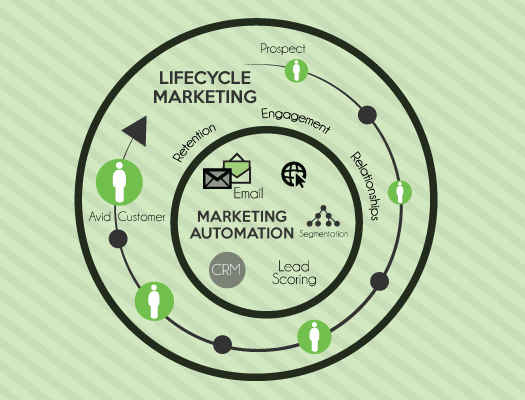The marketer’s world is becoming increasingly complex. We need to engage across multiple channels while ensuring consistency across channels, continually update our tactics and plans and execute campaigns fast to counter increasingly fickle customer loyalties and shorter attention spans.
Right On Interactive has found that more and more marketers now rely on marketing lifecycle software to manage such increasingly complex marketing campaigns. However, not all platforms are equal. A poorly designed platform may actually be counterproductive in that marketers may have to spend more time managing the platform rather than executing campaigns.
A good lifecycle marketing platform is dynamic, easy to manage and becomes a powerful tool that simplifies otherwise complex and fast-paced automated marketing campaigns. It needs to offer an integrated solution that assists the marketer in all facets of marketing — from campaign planning through execution and analysis.
The core of a good platform is an integrated prospect and customer database, allowing the marketer to launch behavioral and demographic-based drip marketing campaigns across multiple channels. A good lifecycle marketing platform features advanced targeting and segmentation facilities, embeds features such as auto email generation and exploits other technological innovations to facilitate seamless campaign execution.
Almost all marketing campaign software keeps track of the results of marketing campaigns, receives input feeds from each of the channels deployed and updates the database accordingly. However, a good lifecycle marketing platform goes beyond merely facilitating execution and analysis and organizes the data for easy and useful access. It organizes relevant data and builds a one view of your prospect or customer and compares them to the ideal profile and engagement fit that your organization looks for in a customer relationship.
For instance, the platform can create a hierarchical folder structure for programs, campaigns and tactics to detail individual, organizational, specific tactics and actions of each campaign. It also provides roll-up summaries including auto-generated metrics and sales alerts such as returns on investment per campaign, cost-per-lead, cost-per-response and other vital stats.
Such platforms apply the concept of marketing automation to the quickly changing buyer journey and put the emphasis on driving engagement rather than working with the technology.

